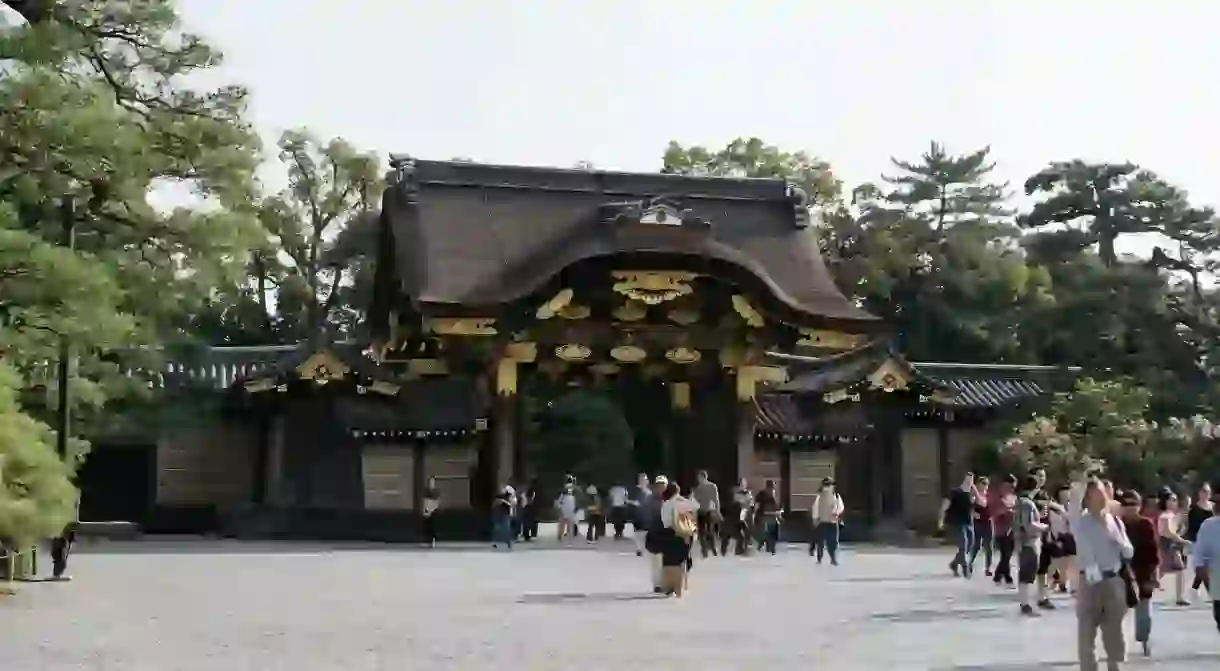Nijo Castle: Inside One of Japan’s Best-Preserved Feudal Castles

Kyoto’s Nijo Castle, a World Heritage Site, was built in 1603 by Tokugawa Ieyasu, founder of the Tokugawa Shogunate, and completed by his grandson Tokugawa Iemitsu in 1626. The opulent castle displays the shogun’s great power and influence during the Edo period, which exceeded that of even the emperor.
The birth of Nijo Castle
Nijo Castle was raised by Tokugawa Ieyasu in 1603, the start of the Edo period, paid for by funds collected from western feudal lords. So firm was the shogunate’s grip on power that the castle was designed as a residence and not as a traditional fortress. Built on flat land, the castle’s only sources of protection are its wide moat, heavy stone walls, and ornate palace gates. Legend has it that the creaking of the palace’s ‘nightingale floors’ were the only internal defense to warn against intruders.


Expansion under the third Tokugawa shogun
Tokugawa Ieyasu officially renounced his title of shogun in 1605 and allowed the role to pass on to his heir Tokugawa Hidetada, retiring to Sunpu Castle located in modern-day Shizuoka. However, Ieyasu continued to rule Japan from behind the scenes until his death in 1616. Beginning in 1624, more citadels were added by the third Tokugawa Shogun Iemitsu, and the castle took its present-day form in 1626, which has been kept beautifully preserved to this day.




From historic Kyoto site to world treasure
The palace was donated to the city of Kyoto in 1939 and opened to the public the following year as a historic Kyoto landmark. The Seiryu-en garden was added in 1965 using rocks sourced from the residence of a wealthy Edo-period merchant from Kyoto. It’s used for cultural events and contains two ceremonial tea houses. In 1994, Nijo Castle was designated a UNESCO World Heritage Site.


Best time to visit
Springtime in Kyoto is a popular time to visit Nijo Castle, and for good reason – with over 400 cherry blossom trees of differing species on the castle grounds, the castle grounds enjoy one of the longest blooming seasons in all of Kyoto. Enjoy the falling sakura petals as you explore the same grounds where Tokugawa Ieyasu himself once stood over 400 years ago.















